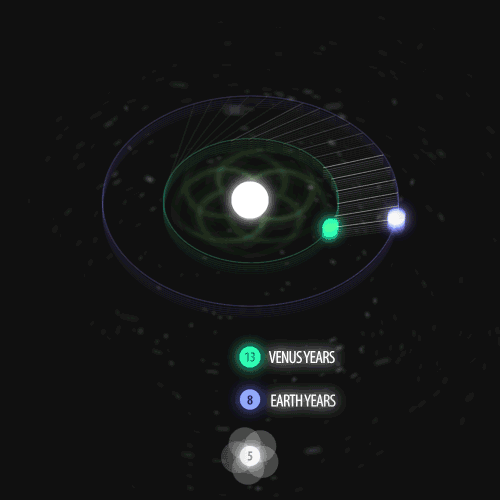Vibrate a solution of rod-shaped metal nanoparticles in water with ultrasound and they’ll spin around their long axes like tiny drill bits. Why? No one yet knows exactly. But researchers at the National Institute of Standards and Technology (NIST) have clocked their speed—and it’s fast. At up to 150,000 revolutions per minute, these nanomotors rotate 10 times faster than any nanoscale object submerged in liquid ever reported. The discovery of this dizzying rate has opened up the possibility that they could be used not only for moving around inside the body—the impetus for the research—but also for high-speed machining and mixing. Scientists have been studying how to make nanomotors move around in liquids for the past several years. A group at Penn State looking for a biologically friendly way to propel nanomotors first observed that metal nanorods were moving and rotating in response to ultrasound in 2012. Another group at the University of California San Diego then directed the metal rods’ forward motion using a magnetic field. The Penn State group then demonstrated that these nanomotors could be propelled inside of a cancer cell. But no one knew why or how fast the nanomotors were spinning. The latter being a
The post NIST Shows Ultrasonically Propelled Nanorods Spin Dizzyingly Fast has been published on Technology Org.
#materials
See Zazzle gifts tagged with 'science'
